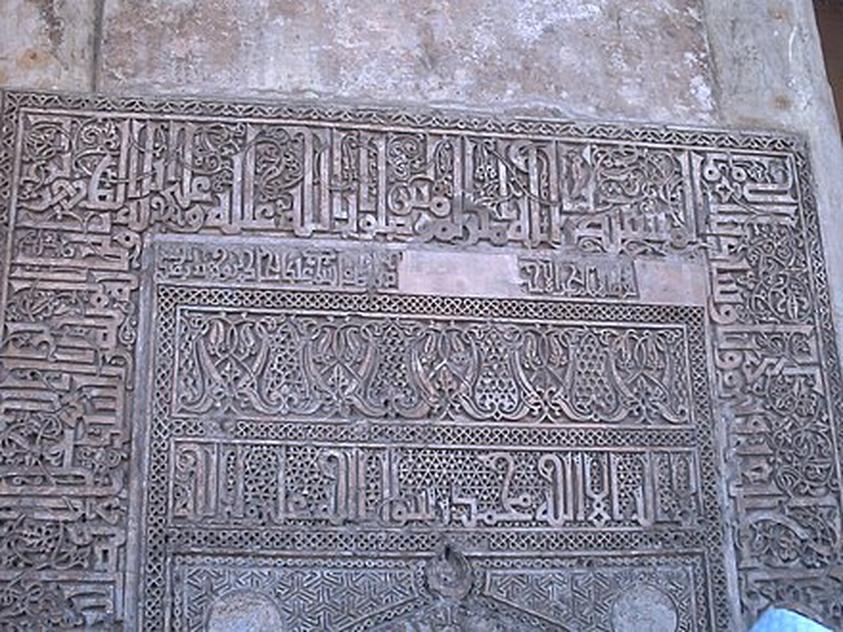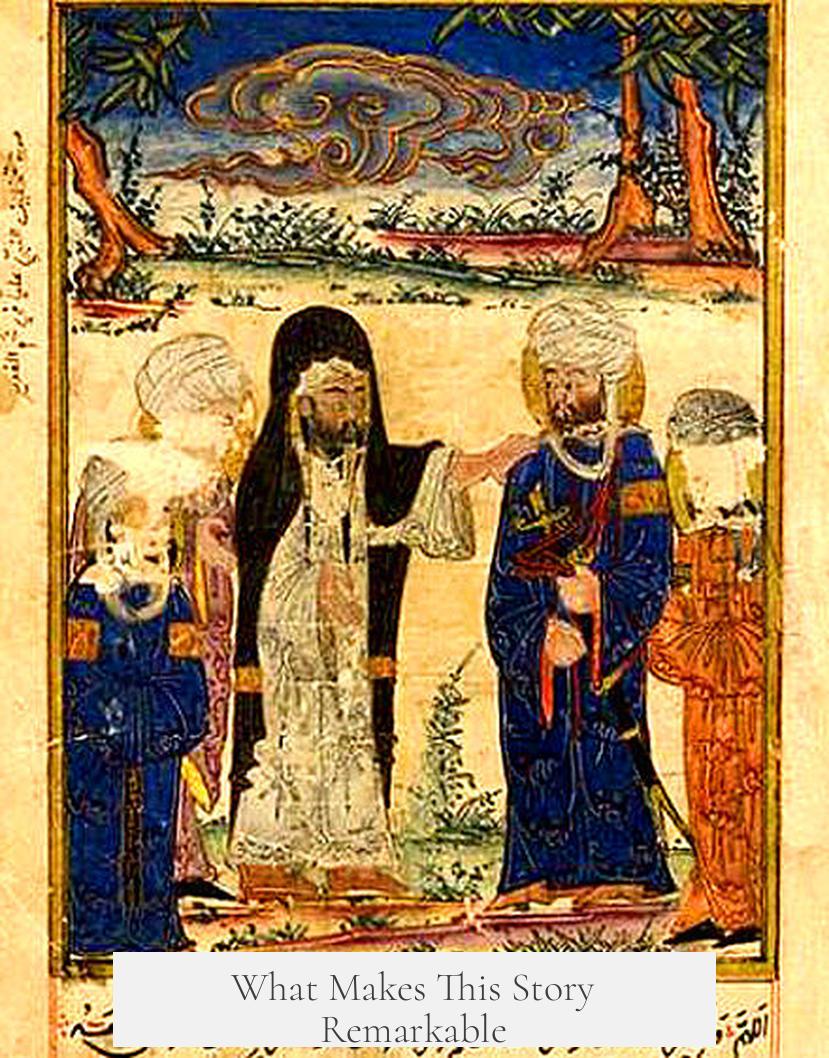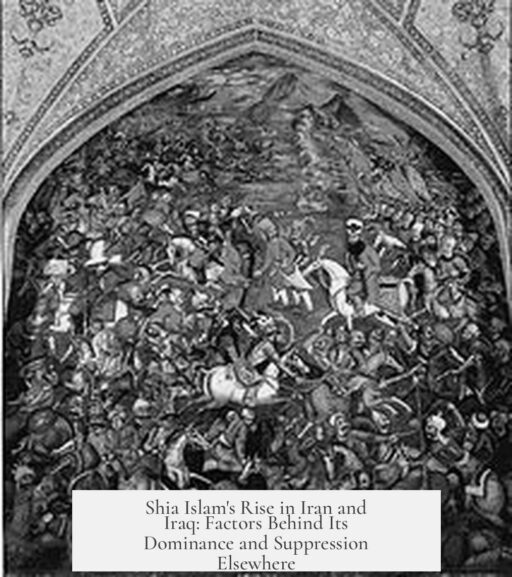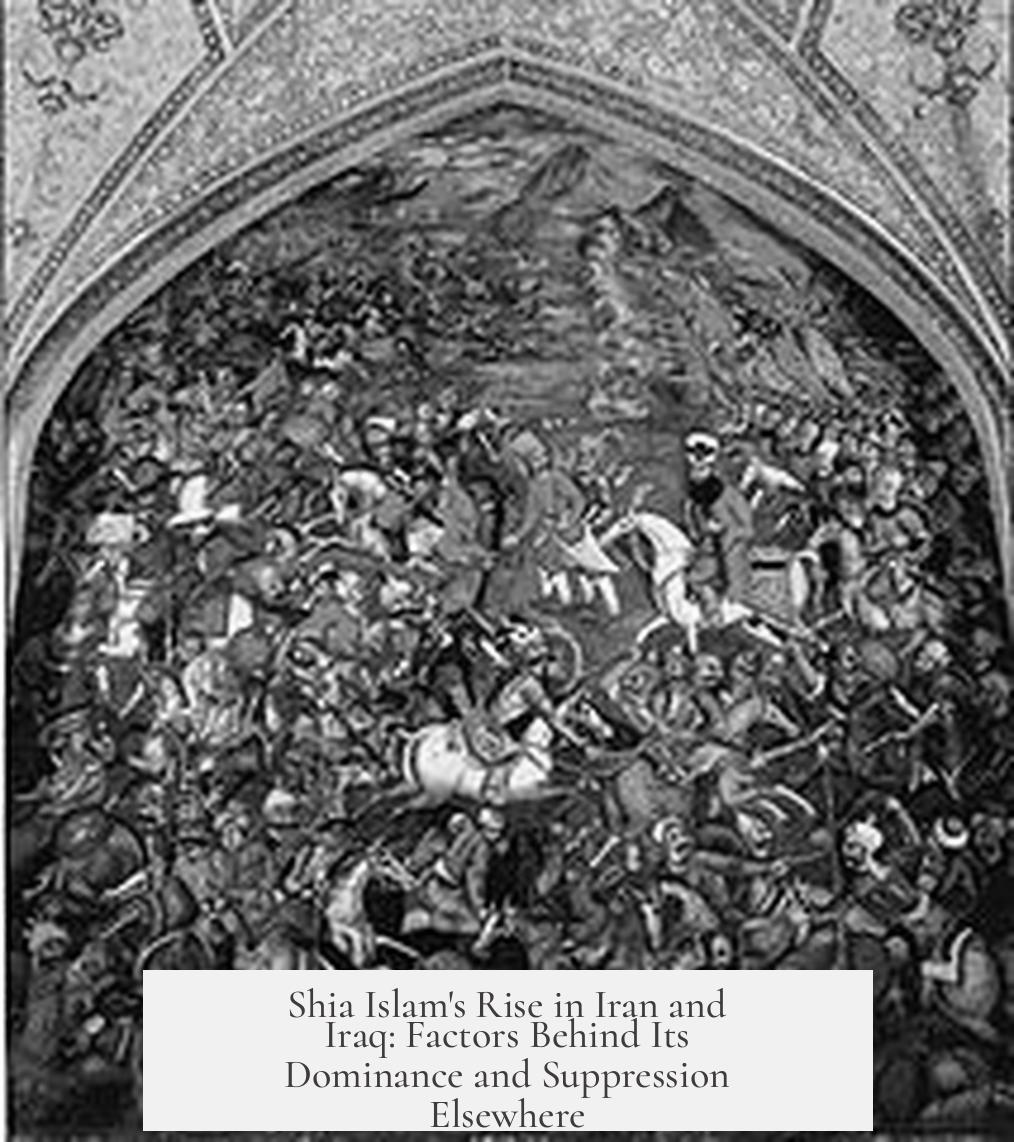The dominance of the Shia sect of Islam in Iran and Iraq, contrasted with its suppression elsewhere, results from distinct historical and political developments that established Shia Islam as a state religion in Iran and a cultural pillar in Iraq.
The rise of Twelver Shi’ism as dominant in Iran begins with the Safavid dynasty, founded by Shah Isma’il I in the early 16th century. Before the Safavids, Iran had various proto-Shi’i communities but lacked a centralized Shia state. Shah Isma’il I deliberately promoted Shi’ism to unify his kingdom and differentiate Iran from the Sunni Ottoman Empire and Uzbek Shaybanids, who threatened Iran’s borders.
Shah Isma’il’s approach was systematic. He enforced a policy of conversion and suppression against Sunni Islam within his territories. Sunnis faced persecution, exile, or execution in cities like Tabriz, Isfahan, and Baghdad. This clear hostility marginalized Sunni populations and eased the imposition of Twelver Shi’ism. Shi’a religious institutions gained state support. Ulama (Shi’a scholars) were imported from sacred Shi’a centers like southern Lebanon (Jabal ‘Amil) and southern Iraq. State offices were established to oversee Shi’a religious affairs, funded by state endowments (waqf).
This religious shift was gradual, taking decades to transform Iranian society fully. Shah Isma’il began the process in 1501, but his successor Tahmasp I expanded it significantly. Sunnis persisted in some regions into the late 16th century. Over time, Twelver Shi’ism not only became the official religion but also a marker of Iranian identity, sharply distinguishing it from the Sunni Ottomans. Ottoman-Safavid conflicts further deepened the Sunni-Shia divide. The Ottomans purged Shi’a elements along their borders and reinforced Sunni dominance, intensifying sectarian identities on both sides.
In Iraq, Shia Islam’s dominance centers around its historic and spiritual sites. Iraq hosts several of Shi’ism’s holiest cities—Najaf, Karbala, Kadhimayn, and Samarra—linked to foundational events like the assassination of Imam ‘Ali and the Battle of Karbala. These cities serve as pilgrimage destinations and centers of Shi’a religious scholarship (hawzāt).
While Shi’ism maintained a historic presence in Iraq, its expansion among the Arab tribes of southern and central Iraq largely occurred in the late 19th century. This growth aligns with social and economic changes induced by Ottoman policies. The Ottoman Empire’s strategy to settle nomadic tribes into agriculture reshaped southern Iraq’s demographics and social structure. Construction of canals improved agricultural potential near Shi’a holy cities. Tribal sheikhs became landlords, and tribesmen shifted from nomadism to sedentary farming, resulting in fractured tribal networks.
This upheaval increased resentment toward Sunni Ottoman authorities and facilitated conversion to Shi’ism. Contact with Shi’a clerics and urban religious centers exposed tribesmen to Shi’a theology and rituals. Additionally, migration of Persian Shi’a scholars to cities like Najaf enhanced religious infrastructure. The result was an increase in Shi’a identification among Arab populations who historically were Sunni tribal nomads.
Outside Iran and Iraq, Shi’a communities never gained similar dominance due to differing political histories and social conditions. Earlier dynasties such as the Buyids and Ilkhanate showed Shi’a leanings but never enforced Shi’ism as the state religion. Most Sunni powers suppressed or marginalized Shi’a groups rather than promoting their expansion. Sporadic and localized Shia presence remained without strong state support.
Moreover, the Safavid model of state patronage and systematic religious policy was unique. Isma’il’s version of Shi’ism initially combined orthodox Twelver doctrine with syncretic elements drawn from Sufism, local Iranian kingship traditions, and messianism. This fusion helped cement loyalty to the Safavid ruler as a divinely sanctioned leader and reinforced a distinct Iranian identity aligned with Shi’ism.
| Factor | Iran | Iraq | Other Islamic Regions |
|---|---|---|---|
| Dominant Shi’a Branch | Twelver Shi’ism (state religion) | Twelver Shi’ism centered around holy cities | Minority communities, diverse sects |
| State Support | Strong, via Safavid conversion campaigns | Indirect, through urban clerics and late 19th-century tribal shifts | Typically suppressed or marginalized |
| Social Dynamics | Forced conversion, persecution of Sunnis | Tribal settlement, economic pressure on nomads | Sunni dominance, political suppression of Shi’a |
| Historical Events | Safavid rise (16th century) | Shi’a shrine cities; Ottoman land reforms (19th century) | No comparable events fostering Shi’a dominance |
Overall, the Safavid dynasty’s state-driven conversion efforts created a uniquely strong Shi’a identity in Iran, fused with national and political loyalty. In Iraq, Shi’a Islam flourished around sacred sites and expanded within Arab tribes under Ottoman socio-economic conditions. Elsewhere, lack of state backing, persecution by Sunni rulers, and weaker religious networks limited Shi’a expansion.
- Shia dominance in Iran results from Safavid state-sponsored conversion focused on Twelver Shi’ism.
- Persecution of Sunnis and import of Shi’a clergy solidified Safavid Shi’a rule.
- Iraq’s Shia growth ties to historic shrine cities and Ottoman policies altering tribal lifestyles.
- Outside Iran and Iraq, Shia communities faced suppression without state backing.
- The Ottoman-Safavid rivalry entrenched sectarian identities contributing to modern Sunni-Shia divide.
Why Did the Shia Sect of Islam End Up So Dominant in Iran and Iraq While Being Suppressed Everywhere Else in the Islamic World?

The dominance of the Shia sect, specifically Twelver Shi’ism, in Iran and Iraq results from a complex mix of state-backed conversion policies, deep-rooted historical significance, and socio-political developments that didn’t quite play out the same way in other Islamic regions. Let’s unpick how this sect thrived in these two neighboring countries, despite facing suppression elsewhere across the Islamic world.
It’s tempting to think the Shia influence in Iran and Iraq grew naturally or overnight, but that’s far from the whole story. Here, history, geography, and political strategy collide, producing a fascinating tale of religious transformation and survival.
The Safavid Dynasty’s Masterstroke: Turning Iran Shia
Iran’s tilt towards Twelver Shi’ism is no accident. It’s the handiwork of Shah Isma’il I, the founder of the Safavid dynasty, who ruled in the early 1500s. Before Isma’il, Iran’s religious landscape was predominantly Sunni with various competing beliefs. Shah Isma’il wasn’t just a religious leader; he was also a savvy political strategist who used religion to cement power.
Why push Shi’ism? The reasons include his personal spiritual ties to the Sufi Safavid order and pressing geopolitical threats. Surrounded by Sunni powers—the Ottoman Empire to the west and the Uzbek Shaybanids to the northeast—Isma’il needed a distinct identity to unite his realm and secure loyalty. A Shia identity offered that sharp religious contrast.
But he didn’t just let people switch beliefs of their own accord. The Safavid state embarked on a relentless campaign to marginalize Sunni Islam. This wasn’t a subtle nudge; it was a full-frontal campaign involving persecution of Sunni clergy and followers in major cities like Tabriz, Isfahan, Shiraz, and Baghdad. Those who resisted faced severe punishment, including dispossession and death. Harsh times, indeed.
Isma’il even encouraged the public cursing of revered Sunni figures like Abu Bakr and ‘Umar as a way to break Sunni dominance and assert Shia identity. The Safavids expanded their Shia clergy by importing scholars from historic Shi’a strongholds such as southern Lebanon and southern Iraq, creating religious offices under state patronage to tightly control religious affairs.
Interestingly, the process was gradual. While Isma’il began these conversion efforts, it was under his successor Tahmasp I that Shi’ism really took hold, and Sunni communities persisted well into the late 16th and early 17th centuries. The Safavids’ enforcement of Shi’a orthodoxy continued to intensify over time, overshadowing not only Sunnism but also earlier Sufi practices that had helped the dynasty rise.
This religious re-shaping also sharpened the divide between Iran and its Sunni neighbors, especially the Ottomans. The resulting sectarian conflict heavily influenced the modern Sunni-Shi’a split and helped forge Iran’s national identity as the land of Twelver Shi’ism.
Iraq: The Land of Shia Pilgrimage and Slow Conversion

Over in Iraq, Shia Islam’s dominance ties closely to its profound historical and spiritual significance. It’s home to four of Shi’ism’s holiest cities: Najaf, Karbala, Kadhimayn, and Samarra. These places commemorate pivotal events like the assassination of Imam ‘Ali in 661 and the tragic Battle of Karbala in 680. These cities function as pilgrimage centers and hubs for Shi’i religious learning through renowned seminaries known as hawzāt.
Despite this religious importance, widespread conversion of Sunni Arab tribes to Shi’ism in southern and central Iraq only happened much later, mostly in the late 19th century. You might ask: why so late?
The answer lies partly in sociopolitical circumstances. Many Arab tribes in Iraq were newcomers from the Arabian Peninsula in the 18th century and faced ideological pressure from the rise of Wahhabism, a rigid Sunni reform movement. Meanwhile, Persian Shi’i scholars fleeing the aftermath of the 1722 Afghan siege of Isfahan settled in Najaf and Karbala, bolstering Shi’ism’s intellectual and spiritual influence.
Moreover, the Ottoman Empire’s 19th-century agricultural policies played a surprising but crucial role. The empire built canals, transforming regions around Najaf and Karbala into fertile ground and shifted water away from other areas. They also encouraged nomadic tribes to settle and farm, handing out land plots subject to taxation.
These changes fragmented traditional tribal unity. Tribal leaders became landlords, and tribesmen turned into taxed sharecroppers, creating socioeconomic frustration. This hardship became linked with resentment against Sunni Ottoman authorities, making Shi’ism attractive as a oppositional identity. As settled tribesmen came into regular contact with Shi’i clerics, conversion grew—especially near the holy cities, where clerical influence was strongest.
Shi’ism Outside Iran and Iraq: Why Didn’t It Flourish Elsewhere?
Shi’ism certainly existed outside these centers before the Safavids. Early Shi’a or proto-Shi’a groups and dynasties dotted the Islamic world, often associated with opposition to the Arab ruling class or connected to millenarian expectations. The Abbasid Revolution itself started pro-Shi’i, and dynasties like the Buyids and later the Ilkhanate showed Shi’i leanings.
However, none of these earlier Shi’a influences succeeded in rooting Shi’ism as a state religion on the scale that the Safavids did. Many reasons contribute to this; crucially, the absence of sustained state power backing such religious conversion campaigns and the strength of Sunni political and religious institutions elsewhere played a part.
Another curiosity: early Safavid Shi’ism wasn’t strictly orthodox Twelver Shi’ism but a blend incorporating Sufism, pre-Islamic Iranian royal traditions, and even Christian messianic ideas. Isma’il claimed descent from ‘Ali and the hidden 12th Imam, anchoring the movement’s authority but showing an imaginative syncretism designed to appeal to diverse populations.
What Makes This Story Remarkable?

The Shia predominance in Iran and Iraq so sharply contrasts with its suppression or marginality in much of the Islamic world. This contrast reminds us how religious identity often intertwines deeply with politics, geography, and historical contingencies.
State power matters immensely. The Safavid dynasty’s top-down enforcement created an environment where Shi’ism wasn’t just a private belief but a public, political statement. In Iraq, socio-economic transformations and religious migrations created fertile ground for Shia growth backed by the spiritual weight of the holy cities. Elsewhere, Sunni dominance and lack of similar political will kept Shi’ism edged out.
So, we can see how the religious landscape results from more than doctrine or faith alone—it blossoms at the crossroads of power, identity, and history.
Food For Thought
- How might religious identity serve as a tool for political survival or consolidation today?
- Can any sect establish dominance without state support, or does power always drive religious change?
- What role do economic and social factors play in shaping faith communities across history?
Further Reading
- Converting Persia: Religion and Power in the Safavid Empire by Rula Abisaab
- Iran: A Modern History by Abbas Amanat
- A History of Iran: Empire of the Mind by Michael Axworthy
These texts delve deeper into this rich history and illuminate how faith and politics intertwine in intriguing ways.
Next time someone asks why Shia Islam dominates Iran and Iraq, you’ll know it’s a mix of powerful rulers, holy cities, political brinkmanship, and gradual social change—far from a simple religious preference.
Why did Shi’ism become the state religion in Iran under the Safavids?
Shah Isma’il I used state power to promote Shi’ism. He aimed to create loyalty distinct from Sunni neighbors like the Ottomans. Sunni groups were persecuted and Shi’a clergy were supported to establish the new faith firmly.
How did Shi’ism spread among Arab tribes in Iraq?
In the late 19th century, Ottoman policies encouraged Arab tribes to settle and farm near Shi’a holy cities. This brought them into contact with Shi’a scholars, leading many tribes to convert amid growing local opposition to Sunni Ottoman rule.
What role did religious and political rivalry play in the dominance of Shi’ism in Iran and Iraq?
The Safavid-Ottoman conflict intensified Shia-Sunni divisions. The Safavids enforced Shi’a orthodoxy to contrast with Sunni Ottomans. This rivalry helped cement Shi’ism as a core part of Iranian identity and led to suppression of Sunnism in Iran.
Why did Shi’ism not spread widely outside Iran and Iraq?
Outside Iran and Iraq, Shi’ism lacked state support like that given by the Safavids. Other Shi’a dynasties never institutionalized Shi’ism as the majority faith, and Sunnism remained dominant through political and social structures.
How did the Safavid version of Shi’ism differ from earlier forms?
Early Safavid Shi’ism combined Twelver doctrines with pre-Islamic kingship ideas and Sufi elements. Shah Isma’il linked himself to the hidden Imam, blending messianic beliefs with political legitimacy rather than strict orthodoxy.




